We all know that St. Patrick’s Day happens every year on March 17th and is associated with green, shamrocks, and lots of celebration. But there is a lot more to the history of this fun holiday than just those aspects. Here are 5 facts you probably didn’t know about the holiday.
St. Patrick wasn’t from Ireland.
We typically assume that St. Patrick was Irish and associate the holiday with Ireland. However, St. Patrick is actually from Wales. Around age 16 he was taken prisoner by Irish Raiders who took him back to Ireland, where he was held captive for nearly 6 years. He worked as a shepherd on his own during this time. He eventually escaped and walked 200 miles to the coast.
St. Patrick’s Day used to be a “dry” holiday.
That’s right - people used to refrain from drinking on this holiday. It’s crazy to think that, considering it’s one of the biggest party days of the year. Up until the 1970s, pubs were closed during this holiday. These days, the pubs are happily open on March 17 as they welcome tons of green-wearing tourists who are ready to celebrate.
In Ireland, it’s “St. Patty’s Day,” not “St. Paddy’s Day.”
You’d never hear someone say “Patty” in Ireland. You only hear this elsewhere, including the US where nearly everyone says it. There is a whole website dedicated to this. On his site, Marcus Campbell explains, “Paddy is derived from the Irish, Pádraig: the source of those mysterious, emerald double-Ds. Patty is the diminutive of Patricia, or a burger, and just not something you call a fella. There isn’t a sinner in Ireland that would refer to a Patrick as “Patty”. It’s as simple as that.”
The Shamrock was a teaching tool.
The Shamrock symbol got its reputation many many years ago, around the 5th century. St. Patrick used it as a symbol to demonstrate his faith and explain the Holy Trinity. The shamrock has 3 leaves, which were said to stand for the Father, the Son, and the Holy Ghost. They could also stand for the three theological virtues of Faith, Love, and Hope.
Green makes you invisible. But, why green?
Folklore says that leprechauns like to pinch people, but if you wear green then you’re invisible to them. So those who don’t wear green will get pinched by those frisky leprechauns. The color green symbolizes the Irish Republic movement, which campaigned for Ireland to become Independent. So the green actually didn’t come about until the late 18th century when this movement happened.
Now that you know more about the background of St. Paddy’s Day, let’s cheers to history and knowledge this March 17th!








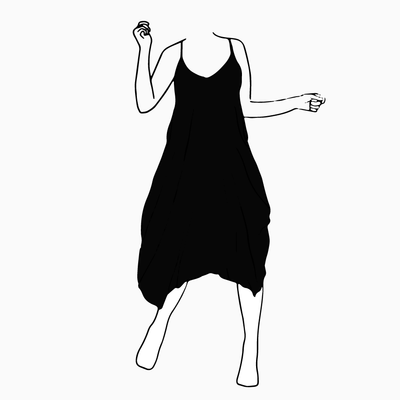
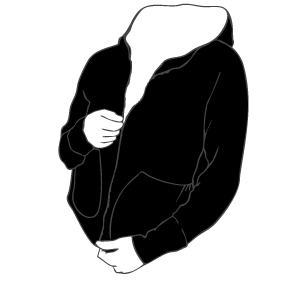

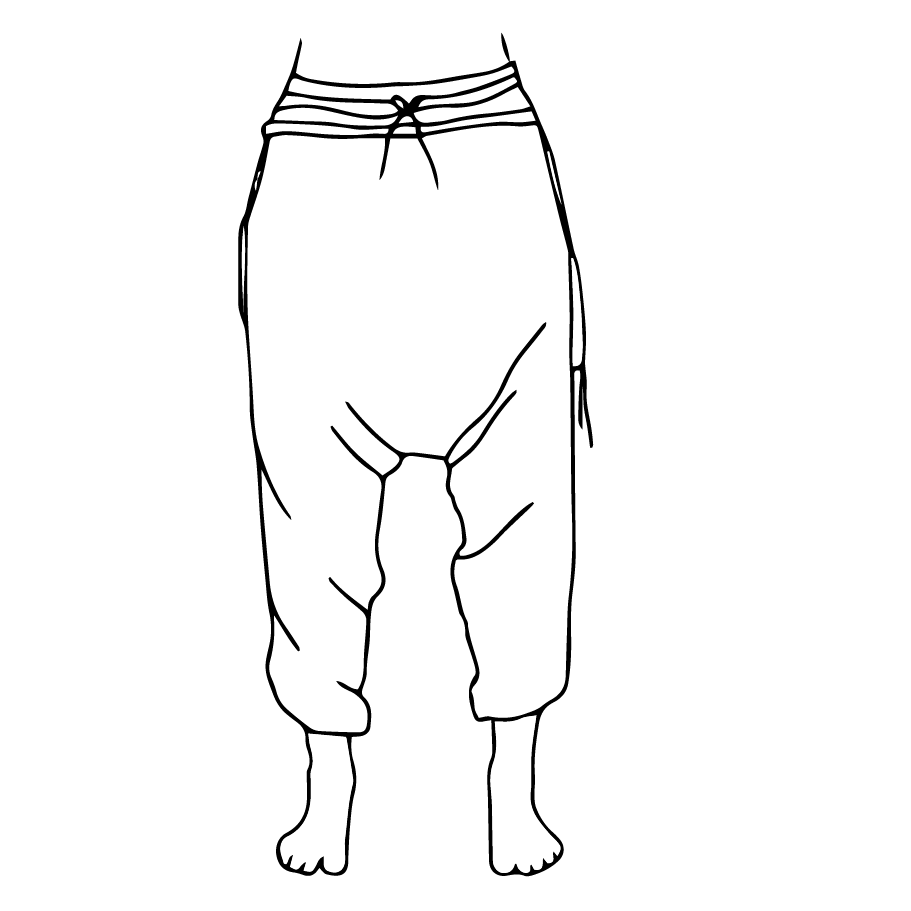















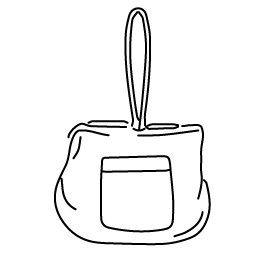
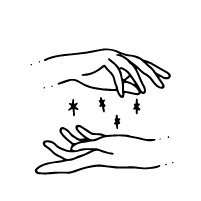


Leave a comment
This site is protected by hCaptcha and the hCaptcha Privacy Policy and Terms of Service apply.